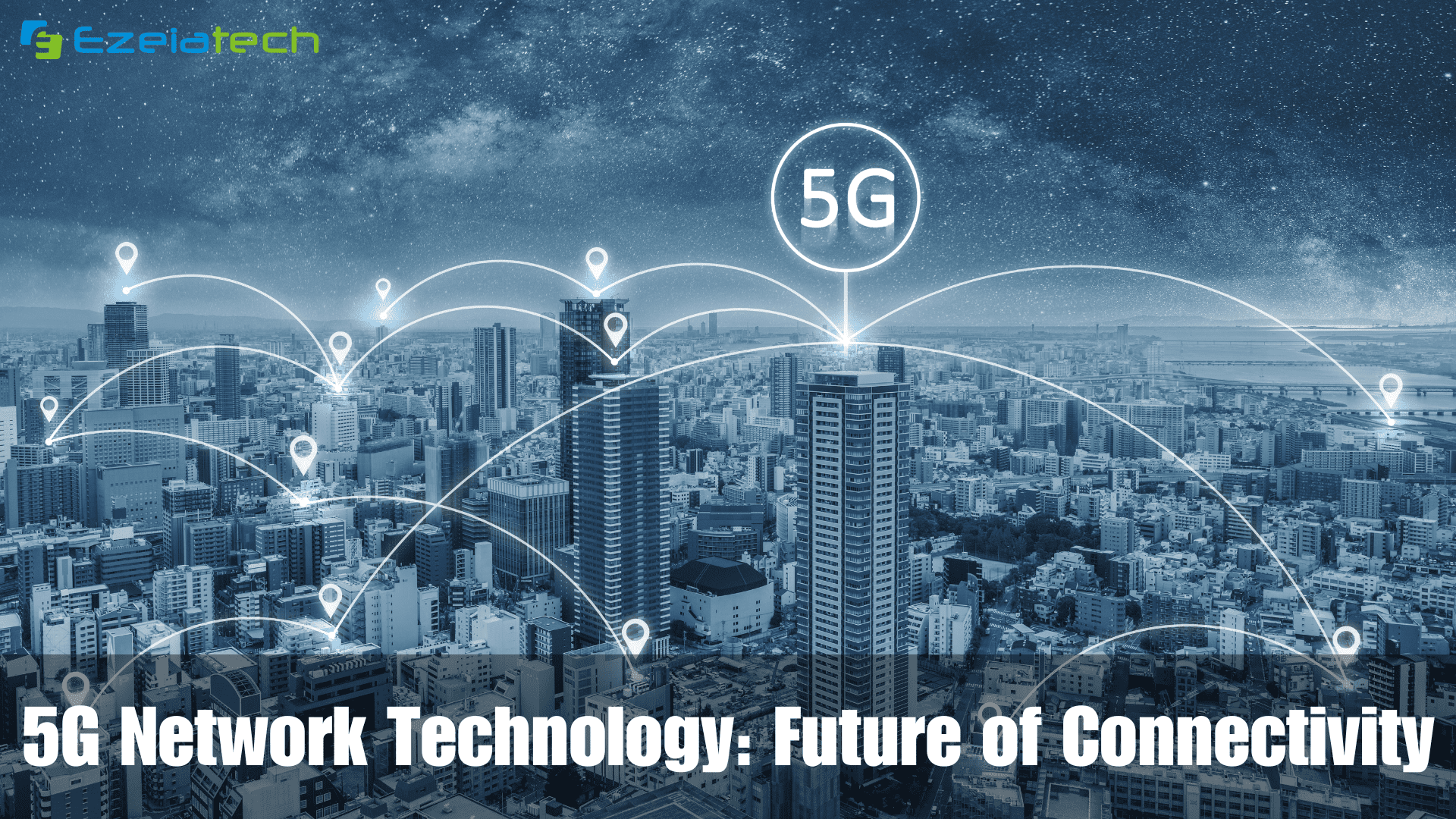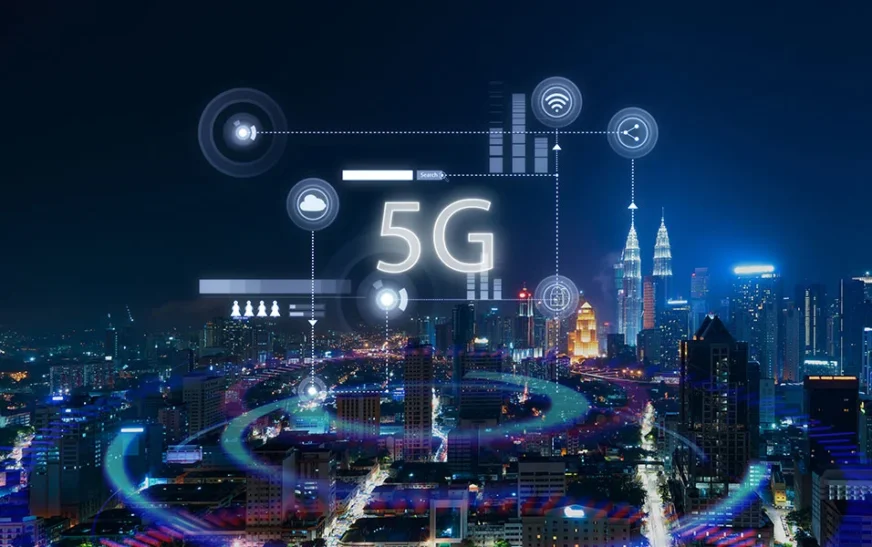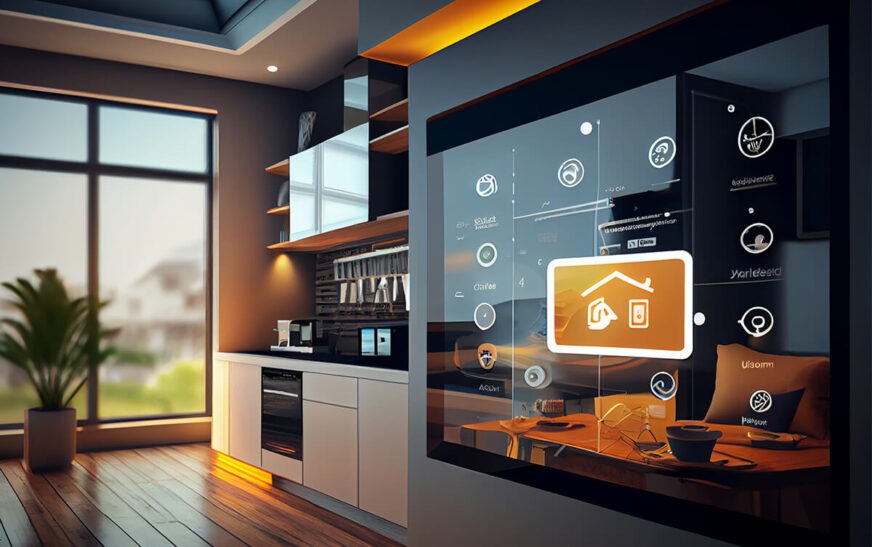Introduction
The world is on the brink of a connectivity revolution. As we stand at the forefront of 5G technology, it’s hard not to wonder what lies ahead. With lightning-fast speeds and unprecedented capacity, 5G promises to reshape how we live, work, and interact with our environment. But this is just the beginning. What does the future hold for connectivity? From smart cities to autonomous vehicles, the possibilities are endless. Join us as we explore what 5G means today and what comes next in this thrilling journey toward enhanced connectivity.

What is 5G and How Does it Work?
5G, or fifth-generation wireless technology, represents a significant leap in mobile connectivity. It promises faster speeds and more reliable connections than its predecessors. This advancement is not just about speed; it enhances capacity and reduces latency significantly.
At its core, 5G operates on radio frequencies that are higher than those used by previous generations. These frequencies allow for greater data transfer rates and support a massive number of devices simultaneously.
The technology utilizes small cell networks that work together to provide seamless coverage. Unlike traditional towers, these small cells can be installed in various locations to boost signal strength and optimize performance.
Additionally, 5G employs technologies like beamforming and Massive MIMO (Multiple Input Multiple Output). These innovations enhance communication between the network and devices while efficiently managing bandwidth usage across crowded areas.
Advancements in 5G Technology
5G technology is reshaping the landscape of connectivity. It promises faster speeds, reduced latency, and greater capacity than its predecessors.
One significant advancement is millimeter-wave technology. These higher frequency bands enable more data to be transmitted simultaneously, enhancing user experiences in crowded environments like stadiums or concerts.
Another leap forward involves network slicing. This allows operators to create multiple virtual networks within a single physical 5G network. Businesses can tailor their connectivity needs without affecting overall performance.
Massive MIMO (Multiple Input Multiple Output) also plays a crucial role. By employing numerous antennas at base stations, it improves signal quality and increases throughput for users in dense areas.
Moreover, edge computing is on the rise with 5G integration. Processing data closer to where it’s generated reduces delays and optimizes real-time applications like autonomous vehicles and smart cities.
The Impact of 5G on Various Industries
5G technology is poised to revolutionize numerous industries. Its ultra-fast speeds and low latency unlock new possibilities across various sectors.
In healthcare, remote surgeries and real-time patient monitoring become feasible. Doctors can operate robotic instruments from miles away, improving access to specialized care.
The manufacturing sector benefits immensely too. With 5G, the Internet of Things (IoT) can thrive, allowing machines to communicate seamlessly. This leads to smarter factories with enhanced efficiency and reduced downtime.
Transportation sees a transformation as well. Autonomous vehicles rely on 5G for instant data exchange with their surroundings, enhancing safety and navigation systems.
Entertainment experiences a shift in how we consume content. High-definition streaming becomes smoother than ever, enabling immersive virtual reality environments that captivate users like never before.
Retail embraces this technology through personalized shopping experiences powered by real-time data analytics. Customers receive tailored recommendations instantly while browsing products online or in-store.
Challenges and Concerns Surrounding 5G Implementation
As 5G technology rolls out globally, several challenges and concerns come to the forefront. One major issue is infrastructure. Building a robust network requires extensive investment in new towers and equipment. Many regions face delays due to regulatory hurdles or lack of funding.
Health concerns also linger. Some studies suggest potential risks associated with increased exposure to radiofrequency radiation. This has sparked debates among scientists, policymakers, and the public about safety standards.
Another hurdle is security. The rise of connected devices increases vulnerability to cyberattacks. Ensuring robust protection measures for sensitive data becomes crucial as reliance on these networks grows.
There’s the digital divide. Access to 5G isn’t uniform; rural areas often lag behind urban centers in connectivity options. Addressing this disparity is essential for equitable access to future technologies that depend on fast internet speeds.
Looking Ahead: Beyond 5G
As we gaze into the future, the concept of connectivity is evolving rapidly. Beyond 5G, we can expect to see innovations that push boundaries even further.
Next-gen technologies like 6G are already being researched. These advancements promise not just faster speeds but also improved reliability and lower latency. Imagine seamless integration with artificial intelligence and enhanced virtual experiences.
Quantum communication could redefine security in data transmission. This would significantly elevate trust levels in sensitive communications across various sectors.
Additionally, satellite networks may bridge gaps in rural areas where traditional infrastructure struggles to reach. Such developments will expand access globally, fostering inclusivity.
The Internet of Things (IoT) will continue its exponential growth too. Everyday devices becoming smarter will reshape our interactions within homes and cities alike.
These trends hint at a world where connectivity transcends current limitations, enabling extraordinary possibilities beyond imagination.

Conclusion
The future of connectivity is an exciting prospect. 5G technology is already transforming how we communicate, work, and live. Its impact extends across various industries—from healthcare to transportation—and promises unprecedented advancements in efficiency and productivity.
However, as with any new technology, challenges must be addressed. Concerns about security, infrastructure investment, and health risks need careful consideration to ensure a seamless rollout.
Looking beyond 5G opens up fascinating possibilities. Technologies like satellite internet, enhanced fiber optics, or even the integration of artificial intelligence could redefine what we know about connectivity.
As we stand on the brink of this digital revolution, it’s clear that understanding these developments will shape our approach to communication for years to come. The world is evolving rapidly; staying informed will allow us to embrace the innovations that lie ahead.






